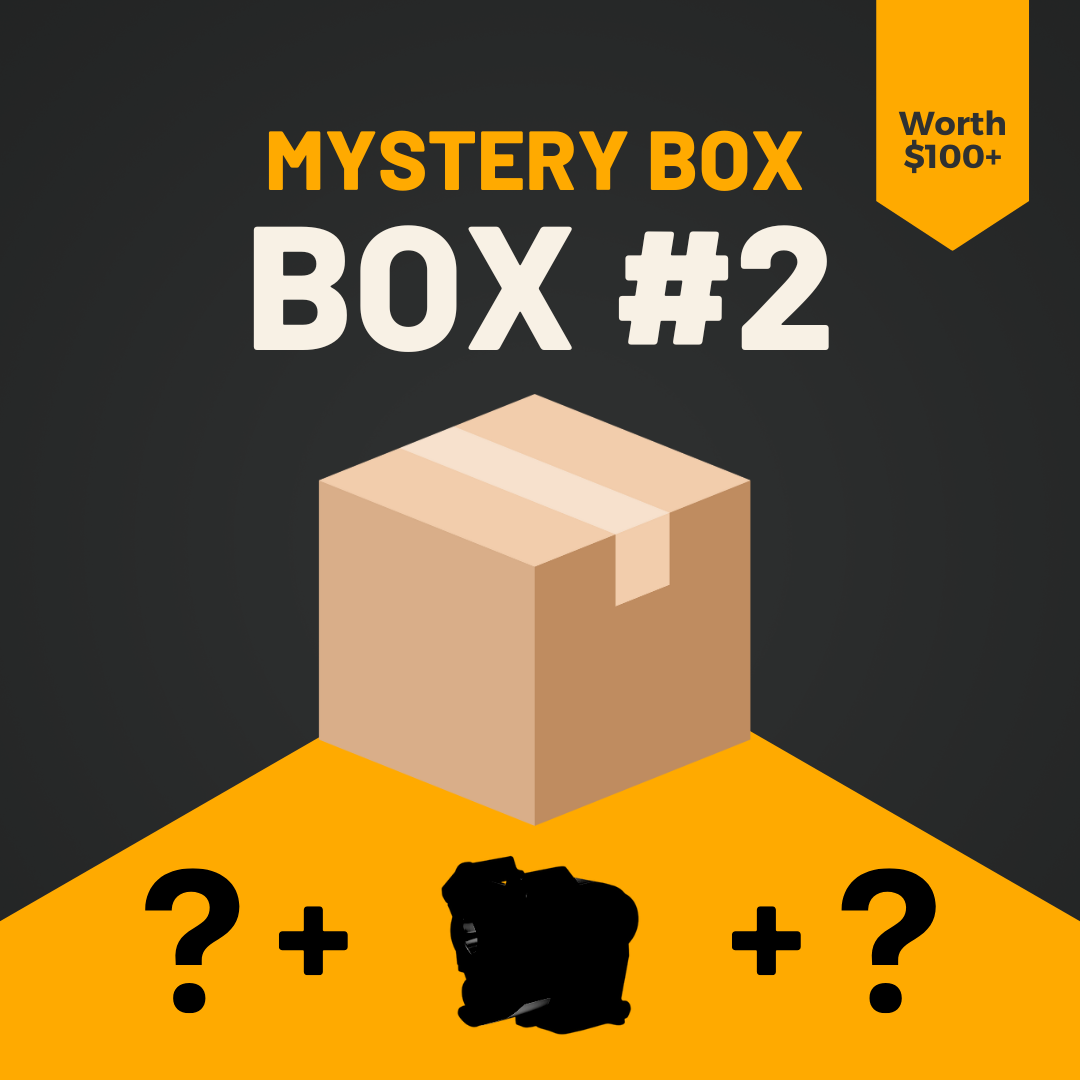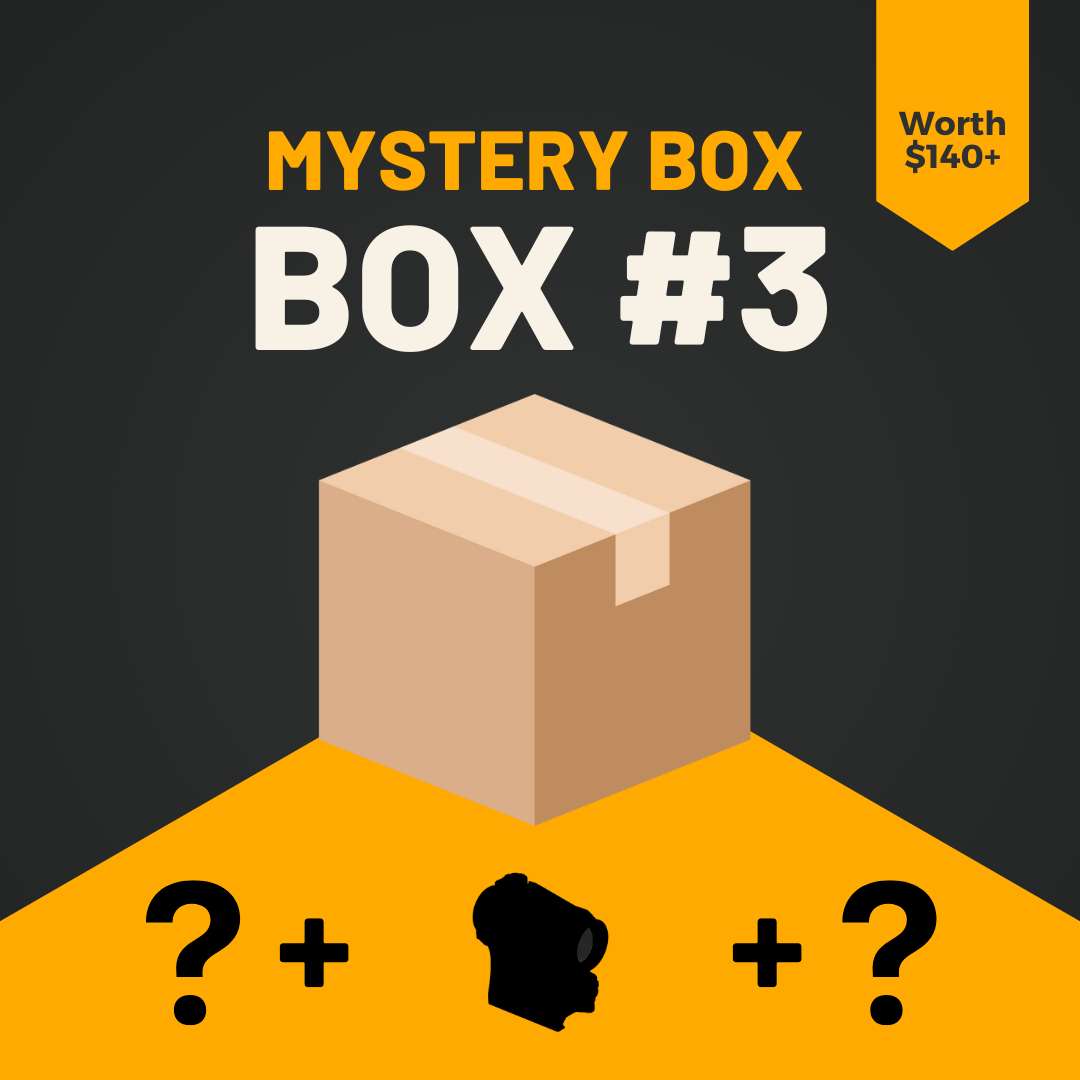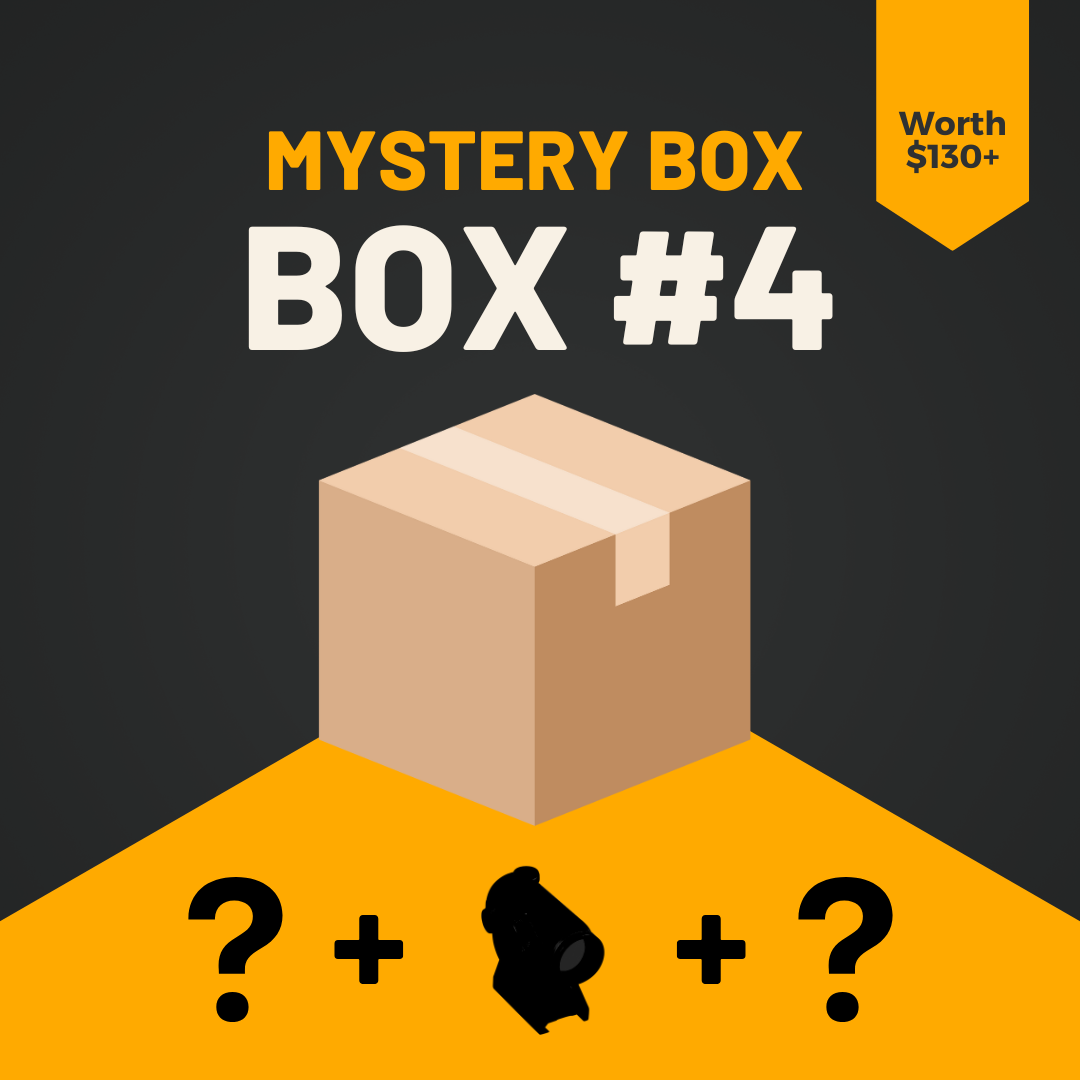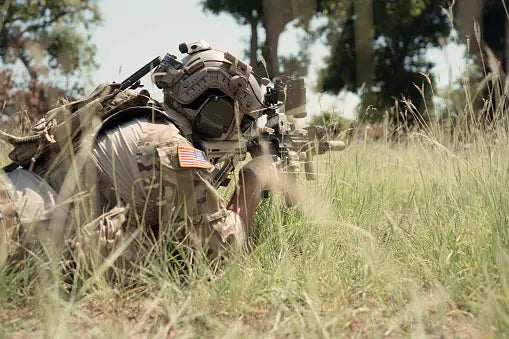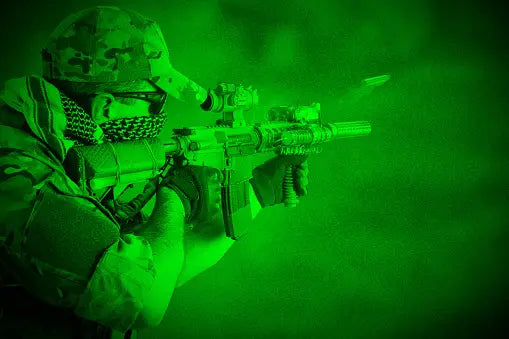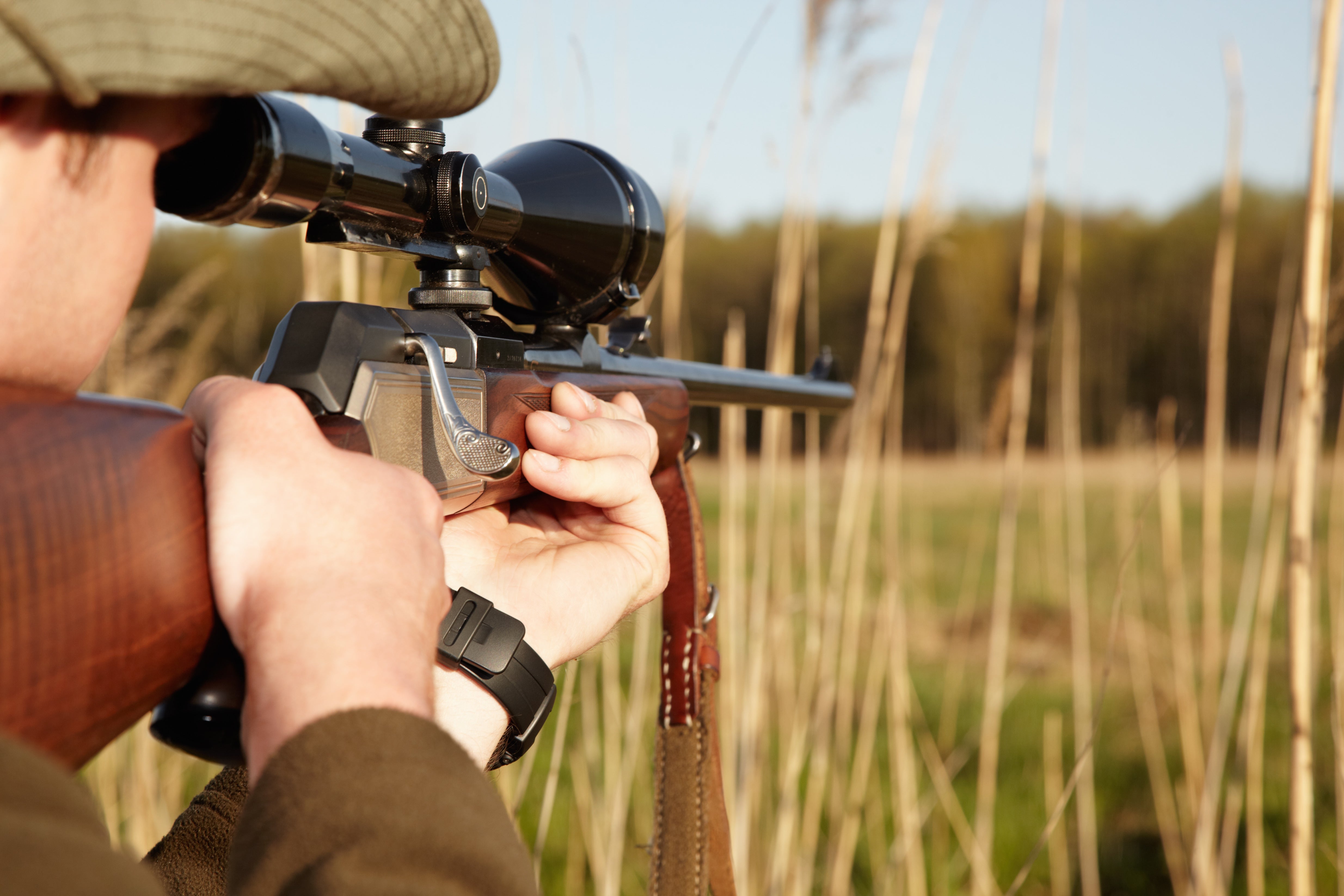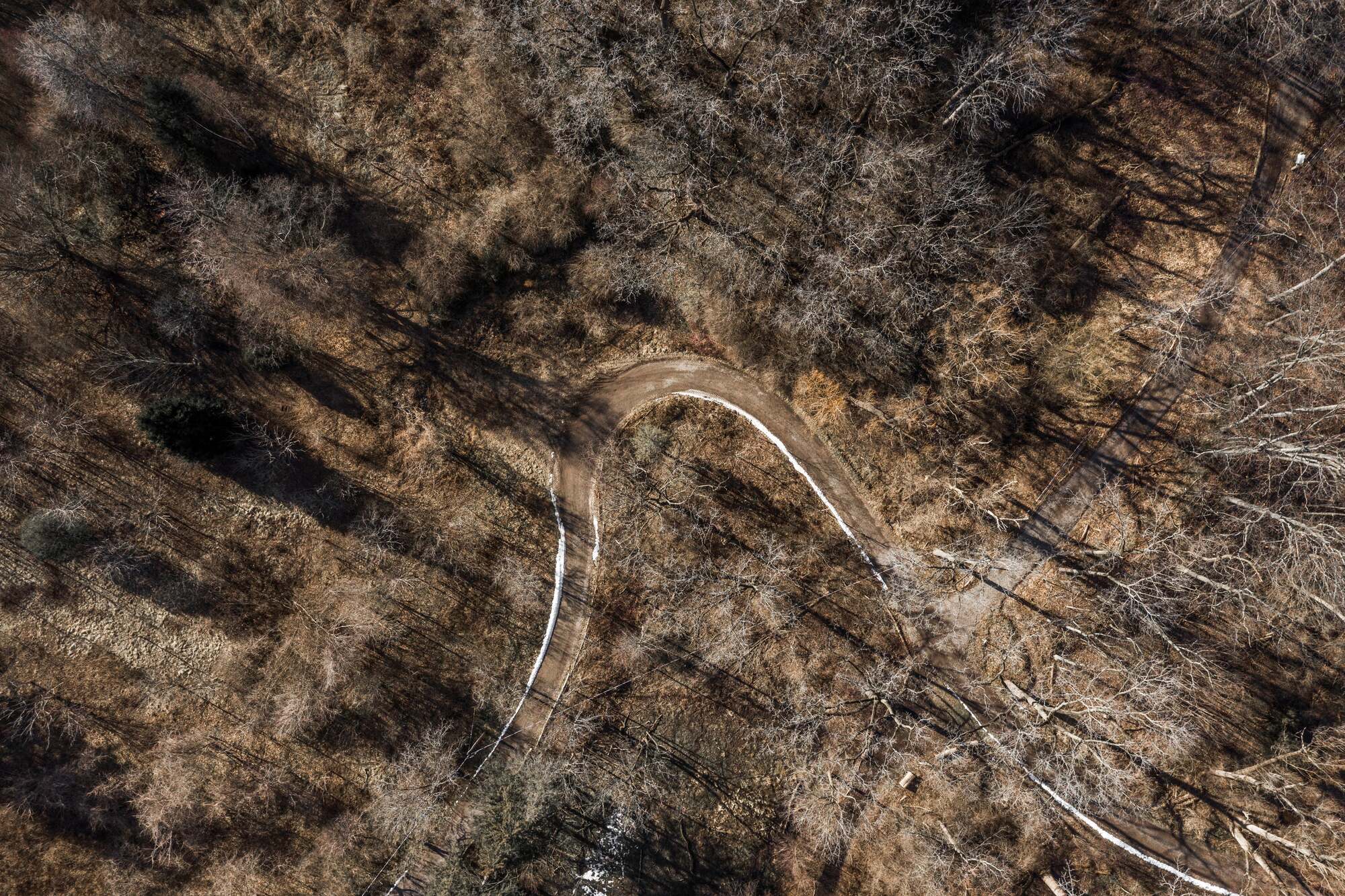Hunting is an ancient survival skill that has been present since the early history of mankind. It is not only a way to obtain food, but also a way to experience nature, improve survival skills, and independence. However, with the development of society, the purpose and methods of hunting have changed.
Now, hunting is more of a recreational activity, where people enjoy outdoor activities, experience excitement and adventure through hunting. Modern hunting needs to follow certain rules and ethical standards to ensure respect and protection for the natural environment.
(Reading Time: 5-7 Minutes)
This article covers several key aspects related to optics and scopes for hunting and shooting purposes:
Magnification & Objective Lens Diameter
- Distance
- Target Behavior
- Size & Weight
Adjustment Knobs for Deviation
Good Magnification for a Hunting
1. Magnification and Objective Lens Diameter
Generally, larger objective lenses allow more light and offer a wider field of view, making it easier to see targets at higher magnifications and in poor lighting conditions. However, larger objective lenses also result in increased size, weight, and cost. Is higher magnification always better? Understand what the numbers on the scope body represent.
The answer is NO. Higher magnifications result in a smaller field of view, making it difficult to lock onto targets in hunting environments. The higher the magnification, the less we can see, meaning the field of view becomes narrower. From this, it is evident that higher magnification results in a smaller field of view. When choosing magnification, it is important to consider the following factors:
Distance:
If observations are usually made from a distance, such as on the vast African savannah or in desert landscapes, higher magnification may be suitable. For closer observations, such as in jungles or mountain forests, lower magnification may be more appropriate.
Target Behavior:
Choose magnification based on the typical behavior of the targets being observed. For small and stationary targets, higher magnification may be preferred. Conversely, for larger or moving targets, lower magnification may be more suitable because higher magnification reduces the field of view, making it more difficult to locate targets.
Size & Weight:
Generally, higher magnification requires more light transmission to achieve imaging, which may necessitate larger objective lenses, resulting in increased weight and size. Portability of equipment is important when venturing outdoors.
2. Reticles in Optical Scopes
Reticles refer to the grid and lines seen through the scope, with the most familiar being the crosshair. There are various types of reticles, including crossfire, duplex, mildot, and BDC.Mildot further divides the crosshair into mils, providing additional aiming points useful for shooting at different distances, aiding in shooting at moving targets and distance calculation.
3. Eye Relief
Eye relief refers to the distance between the eye and the scope where a complete and clear field of view can be observed. For firearms with significant recoil, such as centerfire rifles, scopes usually have a larger eye relief to prevent the scope from hitting the shooter's eye during recoil.Eye relief is not typically a focus when purchasing scopes, but scopes designed for shooting products, unless specifically labeled for rimfire or scout (with large eye relief), will ensure a safe eye relief distance. Scout-type shooting products use scopes with a large eye relief distance and are not suitable for ordinary shooting equipment; they are generally used in professional shooting equipment.
4. Adjustment Knobs for Deviation
On the body of the scope, there are usually two protruding knobs for adjustment. One is for adjusting elevation and the other for windage. These are called elevation and windage knobs, respectively, and all scopes have these two knobs.Most scope adjustment knobs are usually located under aluminum alloy covers; when adjustment is needed, the cover is unscrewed, adjustments are made, and then the cover is replaced. Some tactical scopes have elevation and windage knobs that can be adjusted directly, with precise markings on the knobs for easy understanding of the current state of the scope's adjustment.
Choosing the Right Magnification for Hunting
If you're primarily hunting in open fields or engaging targets at longer ranges, you might opt for higher magnifications like 6-18x or even more. For deer hunting, a popular magnification range is 4-14x. This range offers versatility for both short-range and long-range shots, allowing you to reach out to common ethical shooting ranges for deer.
Taking deer hunting at around 100 meters as an example, the most commonly used scope is the 3-9x32, with experienced hunters typically opting for 4x or 5x magnification to ensure optimal visibility and accurate shooting at this distance.
Another commonly recommended magnification range for hunting is 3-15x. This range provides a good balance between a wide field of view for close-range shots and the ability to make long-range shots.
Some hunters prefer a minimum magnification of 2.5-10x for hunting in the western regions, where longer shots may be necessary. If you also intend to do long-range shooting, it is suggested to choose a scope with an exposed elevation turret.
For hunting in areas where quick shots at short range in thick cover are common, a fixed, low-magnification scope may be sufficient. A fixed 4x scope, for example, can be suitable for such situations.
Generally, for hunting purposes, magnifications in the range of 3-9x or 4-12x are popular choices. These magnifications offer a good balance between field of view and target magnification, allowing you to acquire targets quickly while still providing sufficient zoom for longer shots.

